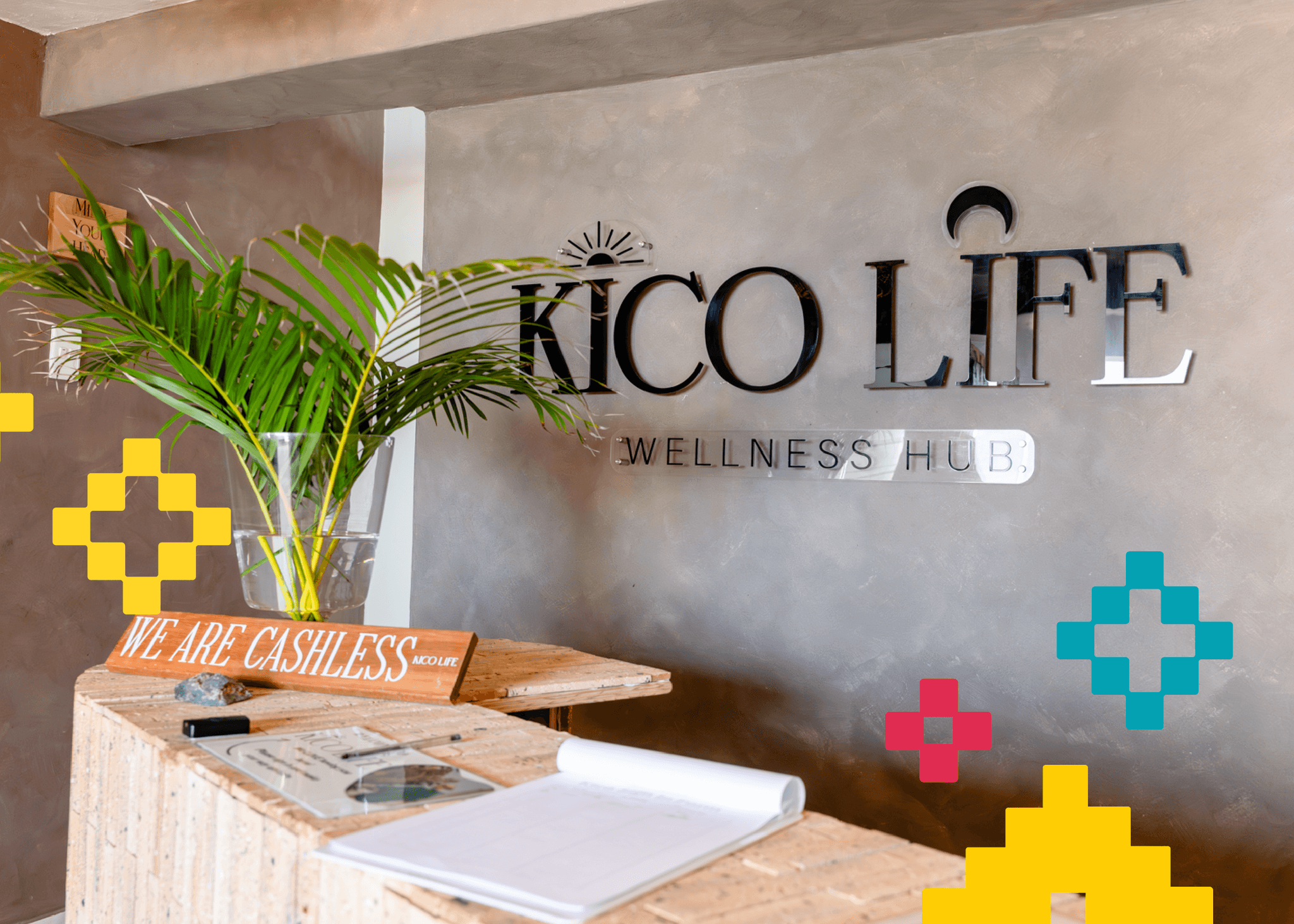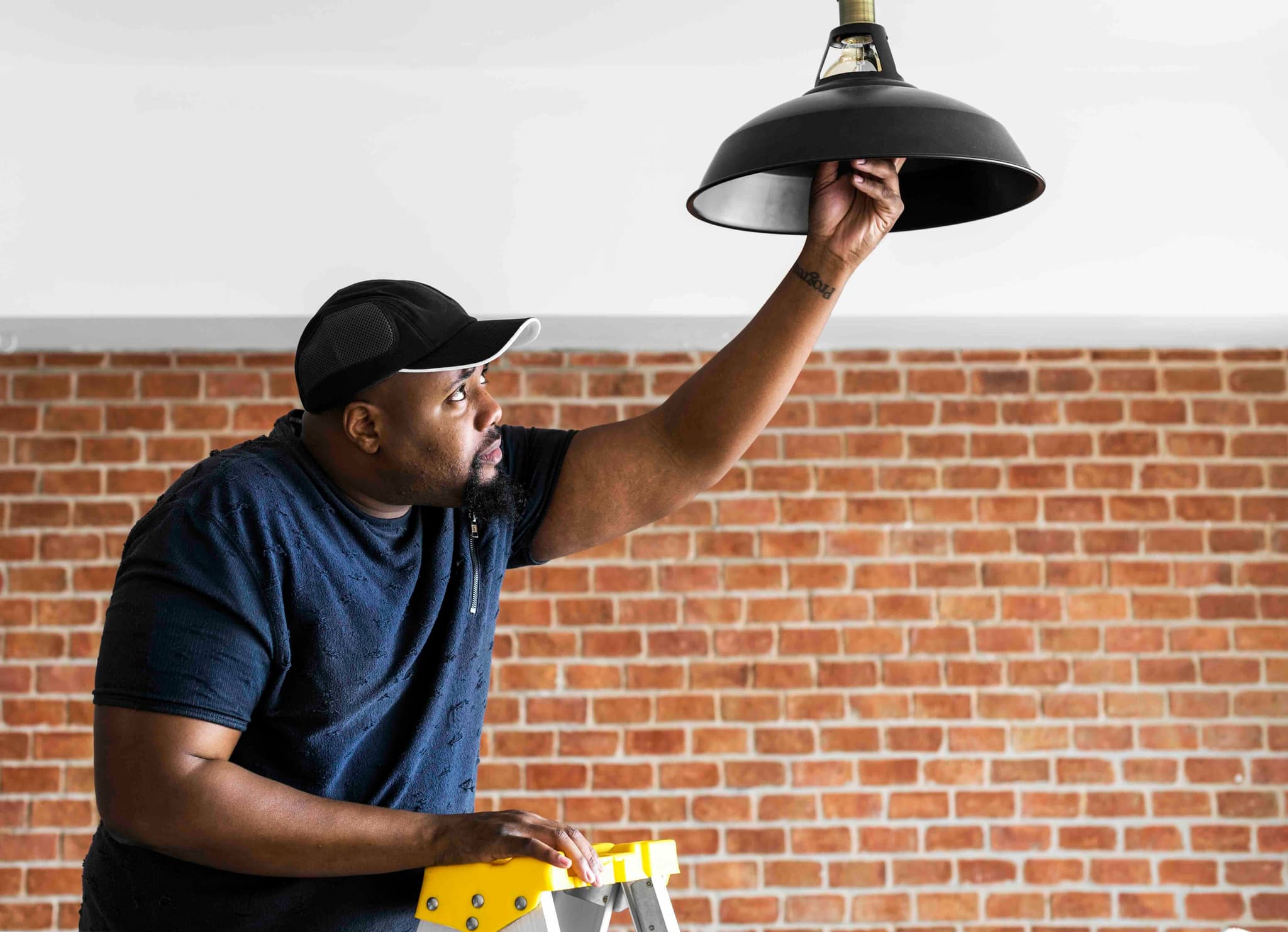
A Beginner’s Guide: How to Build a Website
The HTML-PHP-CSS-WXYZ-free way learn how to build a website and put your brand on the world wide web. It's easier than you think!
BY Sarah Heron
Truth be told, anybody can learn how to build a website. With all the tools available, there’s no reason why somebody with minimal digital experience can’t reach their audience through a beautifully, self-designed website or online store.
So yes, anybody can create a website. But can anybody create a good website? Well, that’s up for discussion. There are certain steps you need to take to make sure your website is slick, enriched and ready to go. Today, you’re going to be learning how to build a website.
We’re going to run through how you can build your website in the afternoon and have it ready for the world by morning.
Why You Need a Website
A great website is the best way to showcase what you’ve got going on.
Some small businesses think that maybe a website is too excessive, and a solid social media presence will do. But what’s the point of a fantastic digital presence if it doesn’t lead anywhere? All your marketing material should be geared towards your website. It’s where you make your sales, advertise your products and store all the most important information about your brand.
Websites help small businesses compete in a large global market, and we think that’s pretty cool. A website is also a huge credibility builder, positioning you as a trustworthy competitor.
Websites let you take control of the narrative that surrounds your brand.
If you're planning on making money online by taking payments on your website, you'll most likely need a payment gateway. We recommend you check out our free WordPress payment plugin.
A Jargon Breakdown
The whole point of today’s modern website building tools is to break down the barriers for normal non-coding geniuses. We’ll do the same for a few of the popular website buzzwords before we get into the juicy parts.
Web Builder
A web builder is an accessible software when you can build your website from scratch using pre-built components. Using a web builder is as easy as using a drag and drop function, and the result is an aesthetically pleasing, functional site. They use templates that can be tweaked and customised.
Content Management System
A CMS is an online software where you can build a website to place your content in a framework that’s already been built for you. They take a bit longer to master, but it’s nothing you can’t learn from a few YouTube videos (internet, beautiful internet). You’ll be able to maximise your website with plugins and flexible additions.
You’ll have access to a fully integrated management system. They also require a third-party website host. Don’t freak out, a website host is easy.
Website Host
A CMS needs a website host to be found and seen on the internet. They’re a service provider that has the technology to make your site visible. Another purpose of a website host is to manage the security, speed and functionality of your website. Some plans cater to small microblogs and some cater to massive eCommerce sites that have thousands of visitors per day. The costs vary and you can always adapt your plan as your website grows and changes.
9 Steps to Building your Website
Find Out What’s Right for You
There are tons of options out there, and the majority of them are reputable, easy to use web builders. First, you need to decide if you’re going to use a website builder or a content management system (CMS). If you were born about ten years later, you would have had a tricker experience.
We’re a far cry from having to use HTML (code), PHP or CSS (Cascading Style Sheets) to make a basic landing page. Praise be. It doesn’t take a lot of time to search through some of the most common tools like Squarespace, Wix or WordPress. There are others and we’ll mention them throughout.
Squarespace and Wix are website builders, WordPress is a CMS.
Sign up for a plan that suits your needs and budget
You can build a website for free and it can take you relatively far. But if you have big things in store for your site, consider adding a website plan into your marketing budget.
The better your plan, the more flexibility you have as a creator and as a site manager.
Choose Your Domain Name
A domain name is how people find you – it’s the name of your website and what people will type into the search bar. Ideally. Choosing your domain name is fine, but it shouldn’t be taken too lightly. You want to choose something memorable and brandable. If you already have an established brand, that’s obviously what your domain name will be.
Of course, you’ll need to make sure it doesn’t already exist.
Remember that if you’ve chosen to go with CMS software, you’ll need to use a website host. We recommend checking out GoDaddy and Bluehost.
Bear in mind how your domain name will look when you present it – do you really want a www.freewebsiteidontwanttopayfor.com preceding you? Rather pay the extra fee to get your domain name made legitimate.
Pick Out Your Template Design
Both CMS and website builders use template designs to help users build a beautiful looking site. These templates are suggested via industry and site type. Most web builders have templates based on niches like photography, online stores, design portfolios and blogs. These are just guidelines that can be customised to suit your brand and your vision.
Make it Your Own
You want your website to have your brand footprint all over it. Because websites are so easy to make, there’s certain laziness that happens where people pick a theme and bam, they wipe their hands of the job. People have become familiar with a lot of the available templates, so you’re going to want to make it your own.
You can do this by:
- Changing the colour palette.
- Changing heading and copy fonts (you could also change the size and colours of button fonts).
- Convenient features like menus, navigation pages and contact forms.
- Personalised landing page images and gallery.
- Linking social media platforms.
Upload Your Content
A website is nothing but an empty shell without stellar content to hold it up. Website content doesn’t just include posts, updates and blogs. Content also applies to the brand copy, headings, images and videos (of which you should use many) and metadata.
If you want to make your content watertight, know who you’re speaking to. How does your audience like to read? Are they scan readers? Are they looking for specific products? Find out what your competitors are doing.
This is a thorough but worthwhile process. Even the smallest detail like a cheeky button can transform how visitors interact with your site.
Test and Preview
Soon enough, you’ll be ready for a crash test. You’ve put in the work, so it’s worth taking a few minutes to make sure everything is running smoothly.
- Test your site loading speed
- Scan your site for grammar and spelling mistakes.
- Check that your formatting is regular throughout.
- Look at how it functions on a mobile screen, not only your desktop. You can also see that it works on a tablet.
You’re in total control of your website, so you can always make changes after you’ve published.
Introduce Yourself to the World
Aaand, click publish! You’re done, for now.
Put a plan in place for how you’re going to let people know you have a live website – they won’t find it on their own. Add the link to your socials, business cards and email signature. Tweet it from the rooftops (tastefully) and get ready for feedback from your visitors.
What Does a Winning Website Need?
To round off, let’s scan through what you need on your website to make sure it’s one people return to.
Who Are You?
It should take a viewer no more than 7 seconds to find out who you are by looking at your landing page. Sure, you’re going to pack more information in the pages, menus and galleries but what can you express about yourself from the start?
Get to the (concise) chase of who you are, what you do, how you do it and who you do it for.
What Do People Need to Know?
- Your address
- Business contact information
- Operating hours
- Pricing
All the fun stuff that may seem boring but is essential. Customers don’t come to your website to guess, they come to find out.
Search Bar
Make navigation easier with a functional search bar.
Google Analytics
Google Analytics is a free tool to monitor the growth and traffic of your website. You can conduct content audits, track leads and formulate customer insights.
Helpful Title Tags
A title tag is an HTML tag that identifies web pages. They guide your audience to you. A helpful title tag has been boosted for SEO. Your title tag is your main metadata tag that tells searchers about the content of your website. It’s the first thing people will see when they search for you, so do some research and figure out how to make the most out of the simple feature.
Fantastic Copy
A website is a unified source that hosts your brand story and whilst so much focus goes into making sure the website is bold, bright and beautiful, it’s the copy that’s going to seal the deal.
Good copy converts, so make sure it’s fantastic.
That’s all from us today. We hope you feel more empowered to take the plunge and bring your brand to life on the world-wide-web.
Looking for more? Take a look at our complete Start a Business Guide for additional tips and tricks.





















